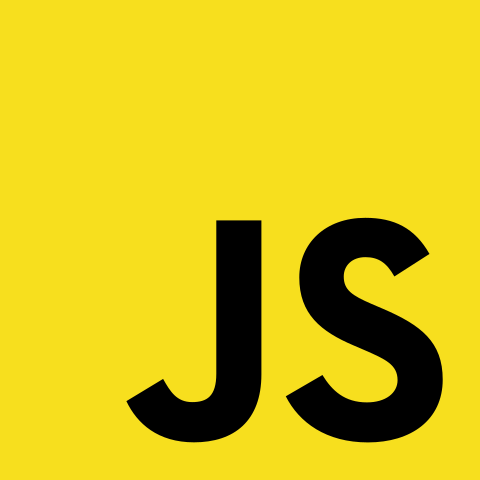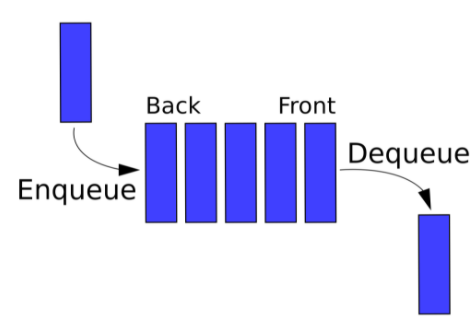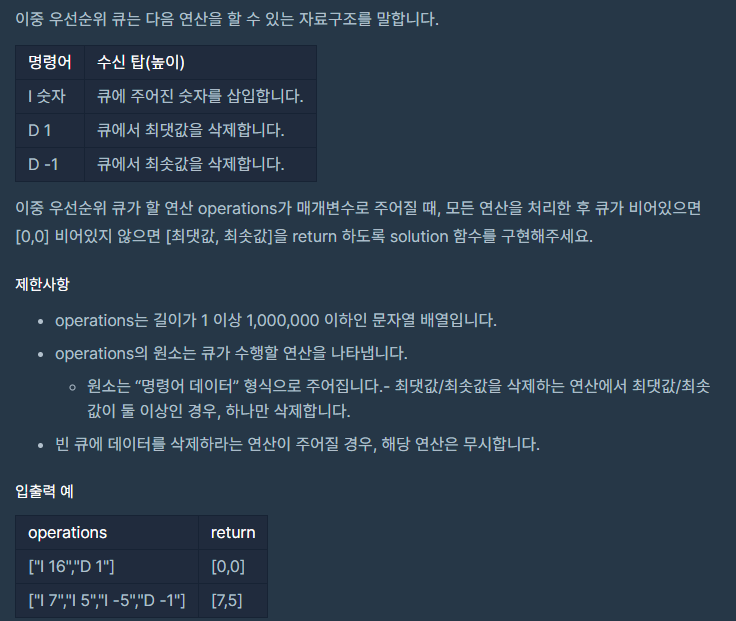
🐣 소개
다른 언어들과 달리, Javascript에는 내장된 Stack, Queue, Deque 객체가 없다.
따라서 Array 객체를 사용하여 Stack, Queue, Deque를 구현하게 된다.
Array는 크기를 동적으로 늘였다 줄일 수 있다. 즉, C++과 같은 정적 언어에서의 배열과 달리 원소를 추가하면 길이가 늘어나고, 임의의 인덱스의 요소에도 접근・할당할 수 있다.
(Array는 프로퍼티 키가 숫자열인 객체)
◻ 스택 (Stack)

- 데이터를 집어넣을 수 있는 선형(linear) 자료형
- 나중에 집어넣은 데이터가 먼저 나오는, LIFO(Last In First Out) 구조이다.
- 데이터를 집어넣는 push, 데이터를 추출하는 pop, 맨 나중에 집어넣은 데이터를 확인하는 peek 등의 작업을 할 수 있다.
주요 작업
push() : 스택에 원소 추가
pop() : 스택 맨 위의 원소 삭제하며 반환
peek() : 스택 맨 위의 원소를 반환
size() : 스택의 원소의 총 갯수를 반환
isEmpty() : 스택이 비었는지 확인
class Stack {
constructor() {
this.arr = [];
}
push(item) {
this.arr.push(item);
}
pop() {
return this.arr.pop();
}
peek() {
return this.arr[this.arr.length - 1];
}
size() {
return this.arr.length;
}
isEmpty() {
return this.arr.length === 0;
}
}
const stack = new Stack();
stack.push(1); // [1]
stack.push(2); // [1, 2]
stack.pop(); // [1]실전 적용
괄호 문자열이 입력되면, 괄호의 쌍이 올바르게 짝지어지는 경우 "YES", 그렇지 않은 경우 "NO" 출력하는 코드를 작성해보자.
const solution = (s) => {
let answer = "YES";
let stack = [];
for (let x of s) {
if (x === "(") stack.push(x);
else {
if (stack.length === 0) return "NO";
stack.pop();
}
}
if (stack.length > 0) return "NO"; // 모든 원소 다 돌았는데 stack에 남아있으면
return answer;
};
console.log(solution("(())))")); // NO관련 문제 모음
◻ 큐 (Queue)

- 데이터를 집어넣을 수 있는 선형(linear) 자료형
- 먼저 집어넣은 데이터가 먼저 나오는 FIFO(First In First Out) 구조이다.
- 데이터를 집어넣는 enqueue, 데이터를 추출하는 dequeue 등의 작업을 할 수 있다.
주요작업
enqueue() : 큐에 자료를 넣는다.
dequeue() : 큐의 자료를 뺀다
front() : 큐의 가장 앞에 있는 자료를 보는 연산
back(): 큐의 가장 뒤에 있는 자료를 보는 연산
isEmpty() : 큐가 비어있는지 아닌지 알아보는 연산
size() : 큐에 저장되어 있는 자료의 개수를 알아보는 연산
class Queue {
constructor() {
this.arr = [];
}
enqueue(value) {
this.arr.push(value);
}
dequeue() {
return this.arr.shift();
}
size() {
return this.arr.length;
}
peek() {
return this.arr[0];
}
isEmpty() {
return this.arr.length === 0;
}
}
const queue = new Queue();
queue.enqueue(1); // [1]
queue.enqueue(2); // [1, 2]
queue.enqueue(3); // [1, 2, 3]
queue.dequeue(); // [2, 3]
queue.size(); // 2
console.log(queue);
- Javascript 배열에서의
shift()메서드
:shift()메서드는 배열에서 첫 번째 요소를 제거하고, 제거된 요소를 반환한다. 이 메서드는 배열의 길이를 변하게 한다.- Javascript 배열에서의
unshift()메서드
:unshift()메서드는 새로운 요소를 배열의 맨 앞쪽에 추가하고, 새로운 길이를 반환한다.
실전 적용

const solution = (operations) => {
let answer = [];
for (let i = 0; i < operations.length; i++) {
const num = Number(operations[i].substring(2)); //string 객체의 시작 인덱스로 부터 종료 인덱스 전 까지 문자열의 부분 문자열을 반환 후 Number로 변환
const char = operations[i].substring(0, 1);
switch (char) {
case "I":
answer.push(num);
answer.sort((a, b) => a - b); // 오름차순 정렬
break;
case "D":
if (num === 1) {
//최댓값 삭제
answer.pop();
} else {
//최솟값 삭제
answer.shift();
}
break;
}
}
if (answer.length === 0) {
return [0, 0];
}
return [answer[answer.length - 1], answer[0]];
};
console.log(solution(["I 7", "I 5", "I -5", "D -1"])); // [7, 5]관련 문제 모음
◻ 큐로 우선순위 큐 구현하기
기본 큐의 변형으로, 원소가 우선순위에 따라 추가되는 우선순위 큐를 구현해보자.
class QueueElement {
constructor(element, priority) {
this.element = element;
this.priority = priority;
}
}
class PriorityQueue {
constructor() {
this.items = [];
}
enqueue(data, priority) {
const queueElement = new QueueElement(data, priority);
if (this.isEmpty()) {
this.items.push(queueElement);
} else {
let added = false;
for (let i = 0; i < this.items.length; i++) {
if (queueElement.priority < this.items[i].priority) {
this.items.splice(i, 0, queueElement);
added = true;
break;
}
}
if (!added) {
this.items.push(queueElement);
}
}
}
dequeue() {
return this.items.shift();
}
}
const pq = new PriorityQueue();
pq.enqueue(100, 2);
pq.enqueue(10, 1);
console.log(pq); // [ { element: 10, priority: 1 }, { element: 100, priority: 2 } ] ◻ 덱 (Deque)
- 덱은 Double-ended Queue 의 약자
- 스택과 큐를 합친 자료구조로, 양 끝에서 데이터를 넣거나 추출할 수 있다.
주요작업
push_front() : 덱의 앞에 자료를 넣는 연산
push_back() : 덱의 뒤에 자료를 넣는 연산
pop_front() : 덱의 앞에서 자료를 빼는 연산
pop_back() : 덱의 뒤에서 자료를 빼는 연산
front() : 덱의 가장 앞에 있는 자료를 보는 연산
back() : 덱의 가장 뒤에 있는 자료를 보는 연산
class Deque {
constructor() {
this.data = [];
this.rear = 0;
}
push_front(element) {
this.data.unshift(element);
this.rear = this.rear + 1;
}
push_back(element) {
this.data[this.rear] = element;
this.rear = this.rear + 1;
}
pop_front() {
if (this.isEmpty() === false) {
this.rear = this.rear - 1;
return this.data.shift();
}
return false;
}
pop_back() {
if (this.isEmpty() === false) {
this.rear = this.rear - 1;
return this.data.pop();
}
return false;
}
length() {
return this.rear;
}
isEmpty() {
return this.rear === 0;
}
const deque = new Deque();
deque.push_back(1); // [1]
deque.push_back(3); // [1, 3]
deque.push_front(0); // [0, 1, 3]
deque.pop_back(); // [0, 1]
}
좋은 자료 감사합니다 :)